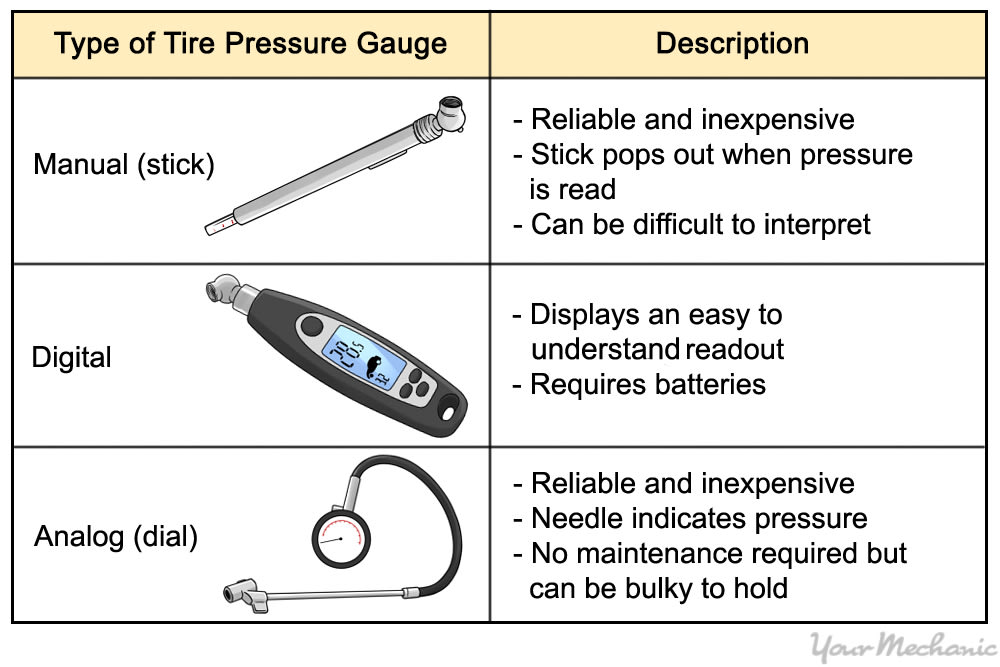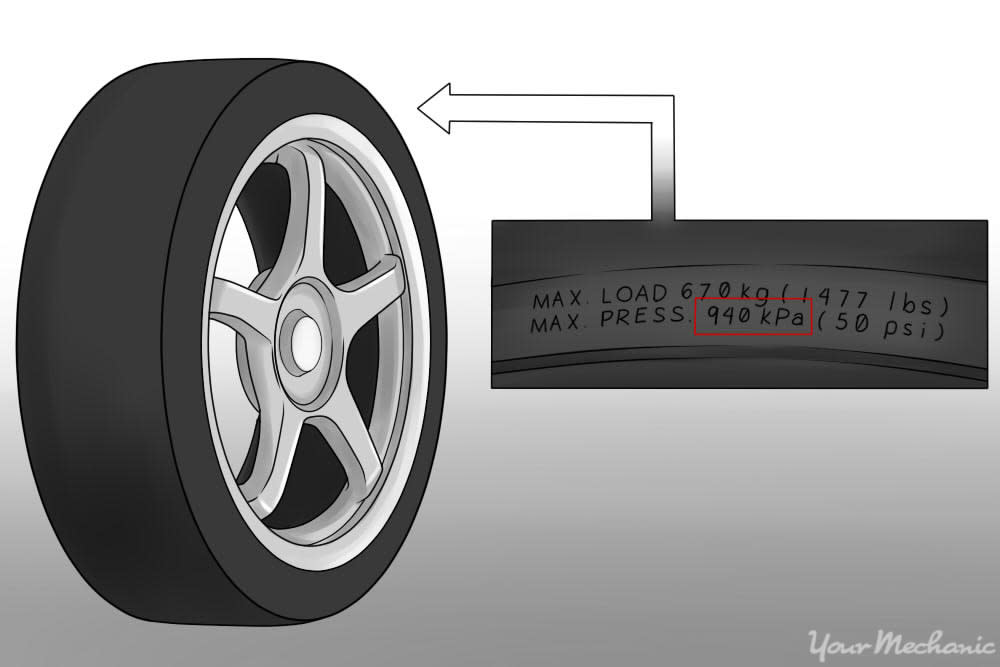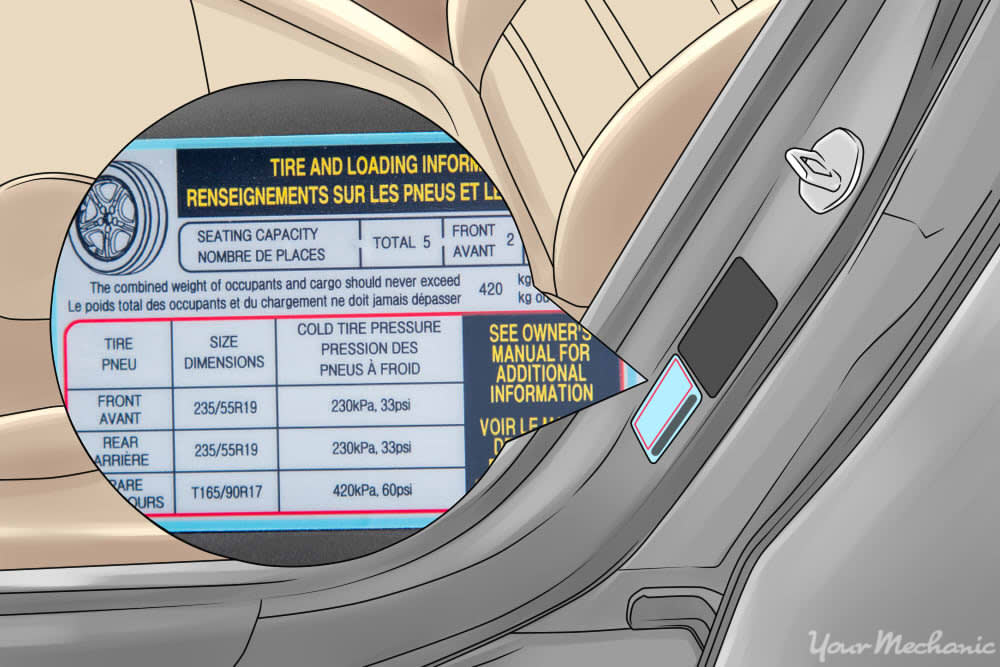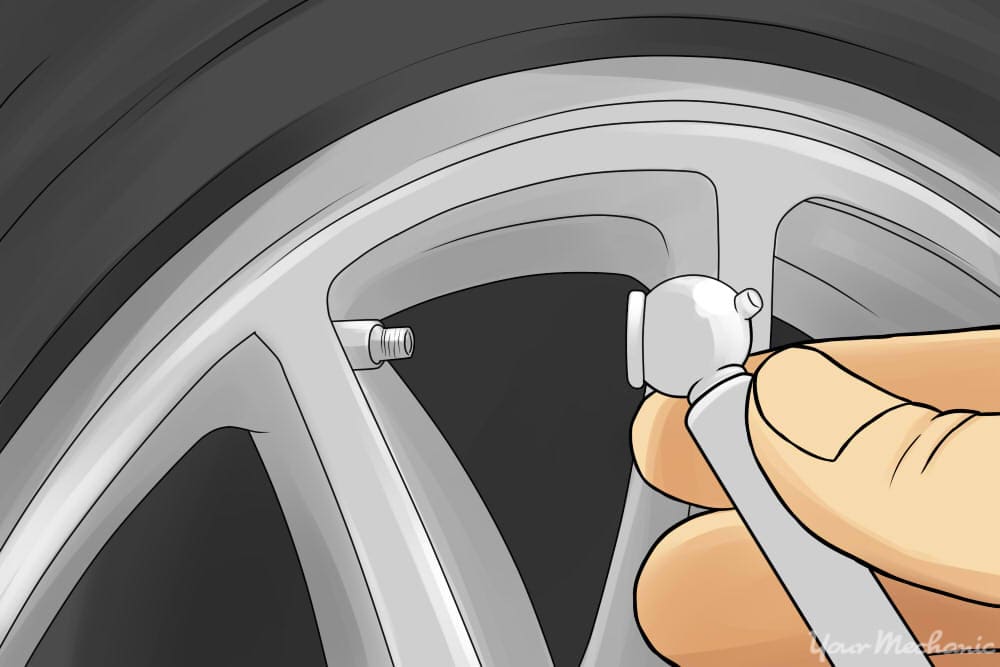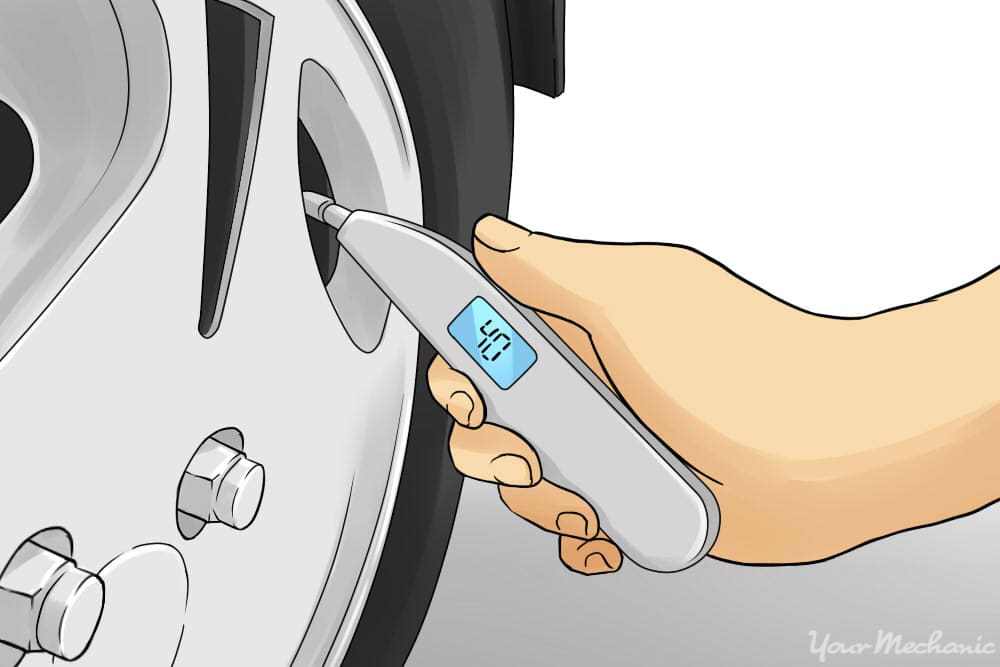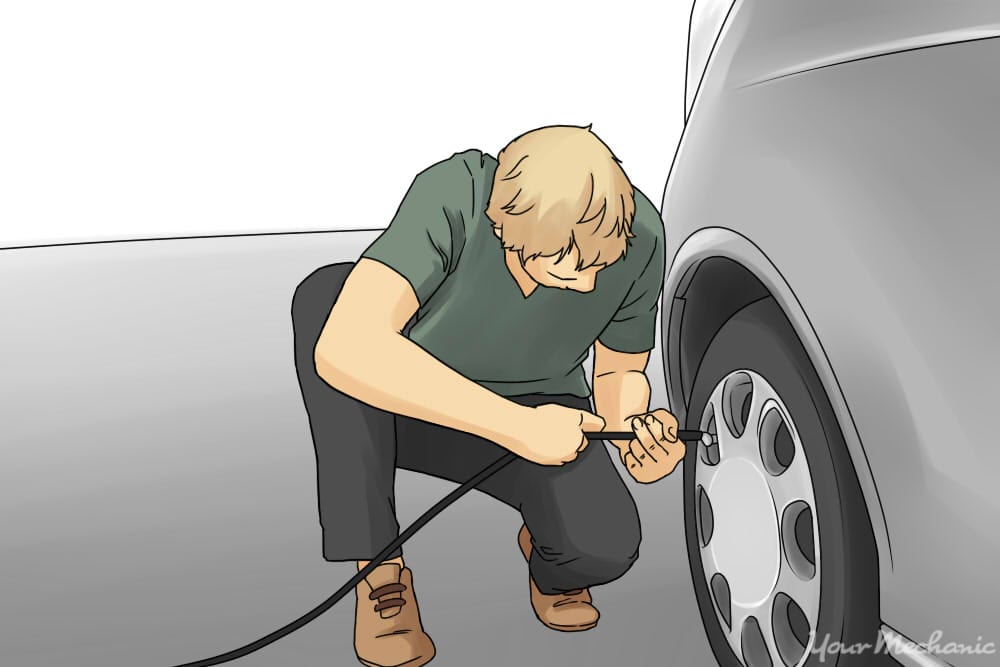

Tire maintenance is part of responsible vehicle ownership and maintenance. Your tires are the one component on your car that is always in contact with the road surface and is your preliminary source of traction.
If your tires are under-inflated, your fuel economy will be poor and your handling will feel soft especially when you turn corners. If your tires are over-inflated, your car will ride very harshly and you can wear your tires out prematurely. To put air in your tires, follow these steps:
How to put air in your tires
-
Buy a tire gauge - Before you inflate a tire, it is important for any car owner to know how to check the amount of air in the tire and be able to inflate it to the correct air pressure.
Tip: Buy a gauge with a range wide enough to measure the pressure in a temporary spare, which is typically 60 psi. Many gauges have a span of 5 to 99 psi. If you need to check pressure in a darkened area, consider a digital gauge with an illuminated display.
-
Find out how much air is recommended for your tires - Before you check or add air to your tire, you need to know how much should be in it. It should give you a reading of PSI or KPA number - This is your MAXIMUM safe inflation pressure and not the recommended pressure for operating your car.
Warning: Never exceed the maximum inflation pressure as marked on your tire’s sidewall. Damage to the tire as well as physical injury can result.
Look in the doorjamb, manual, or glovebox - Look for a label on the doorjamb on the driver’s side of the car. This label will also provide the tire pressures for the front tires, the rear tires, and the spare tire. You can also read your owner’s manual, which will tell you the recommended air pressure for your tires. Some auto manufacturers have a label in the glove box that indicates the proper inflation for your tires.
-
Remove the valve stem cap - Your tire’s valve stem cap is located on the outer side of the rim near the bead of the tire.
Tip: The valve stem is typically made of black rubber but can also be aluminum.
Press firmly - Press the end squarely onto the valve stem so no air escapes. The stick inside the gauge should come out or a reading should appear on a digital gauge. If air is hissing out, adjust the tire pressure gauge so it sits more squarely on the valve step. You’ll know it’s square when the hissing stops.
-
Examine the readout - Read what the gauge says to determine if the tire needs air added.
Tip: Check the air pressure twice if you’re unsure whether you got an accurate reading the first time or if it seems extremely low.
-
Find a gas station with an air compressor - Some fuel stations have “free” air while others charge a nominal fee for use.
Tip: Bring a handful of quarters in case you need to pay to use the compressor.
Remove the valve stem cap - It’s located on the outer side of the rim near the bead of the tire.
Turn on the air - You may have to insert coins or press a button for the air compressor to begin working.
-
Attach the hose - Attach the end of the compressor hose to the valve on your tire. Allow air to go into the tire for about 5 seconds at a time.
Check the air pressure with the tire gauge - Once your pressure is within 5 PSI of its recommended pressure, add air to the tire only 1-2 seconds at a time.
-
Repeat - Repeat as necessary until you have the correct amount of air in your tire.
Tip: Don’t allow the air pressure to be more than 5 PSI higher than what you determined to be the correct level for your tire.
If you notice your tires are low and require more air on a regular basis, have them checked out be a trusted mechanic, such as one from YourMechanic. YourMechanic provides certified mobile mechanics who come to your home or office and will check your tires if they’re losing contact with the road or showing excessive wear, both of which could mean you need to get your tires replaced.


